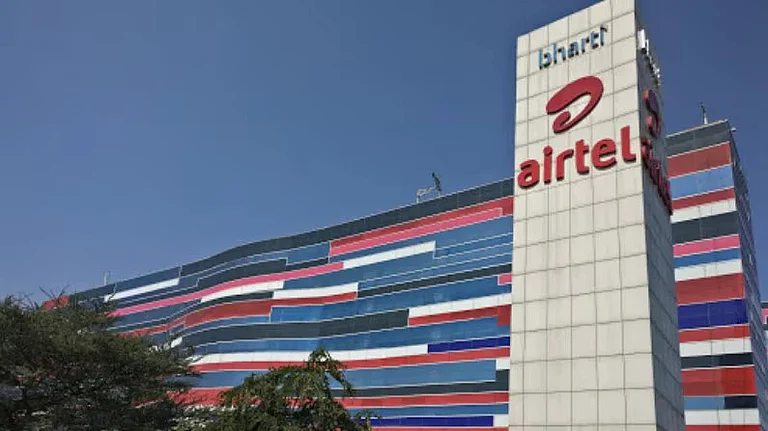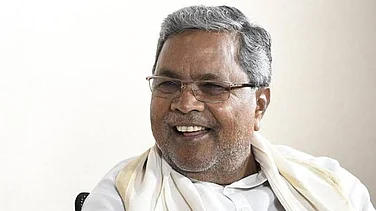With the calls for sovereign artificial intelligence for countries getting stronger, the Indian government is working to create a domestic graphics processing unit infrastructure and AI applications with the help of a Rs 10,000 crore corpus.
In a conversation with Outlook Business, Abhishek Singh, Additional Secretary at the Ministry of Electronics & Information Technology (MeitY) and Chief Executive of the IndiaAI Mission, shares insights into the mission’s progress and upcoming developments.
Excerpt:
What are the key developments taking place under the IndiaAI Mission?
We have established seven pillars to drive progress. To address computational needs, nearly 18,000 GPUs have been secured from 10 service providers, significantly solving the challenge.
For the foundation model, we issued a call for proposals and received 67 submissions, which are currently under evaluation. The dataset platform is set to launch within a week.
On the skilling front, substantial progress has been made—numerous fellowships have been awarded, benefiting over 200 students. In application development, evaluations for 900 applications have been completed, with 30 set to be rewarded soon. Additionally, multiple solutions have been developed to enhance the ecosystem.
As the IndiaAI mission advocates for the use of open-source systems, how will this align with compliance requirements under the DPDP Act?
Being compliant with the DPDP Act is mandatory, regardless of whether a solution is open-source or proprietary. The use of open-source systems does not exempt compliance with the DPDP Act. Any solution handling personal data must adhere to the necessary regulations to ensure data protection and privacy.
The empanelment process follows the L1 price matching model. How does this balance cost-effectiveness with ensuring high-quality AI compute services
We are securing the highest quality AI compute at the lowest price globally. While similar compute resources cost $3 per hour worldwide, we are obtaining them for just $1 per hour in India. This ensures that our startups can access AI compute at the most affordable rates.
Tech giants like Google are also prioritizing localization by training their models on Indian vernacular languages. How will the Indian AI model compete with them in this space?
We have successfully competed in various sectors—whether in space exploration with our lunar mission, satellite technology or advancements in nuclear research. Given this track record, there is no reason why we cannot compete in the AI space as well.
Experienced Researchers/ nascent startups and renowned institutions are preparing to submit their proposals for foundational AI. What will be the government’s parameter of selection?
All key parameters—such as the requirements outlined in the call for proposals, the applicants' capabilities, their approach, strategy, timelines, execution plans, and the credentials of the teams involved—have been comprehensively detailed in the call for proposals itself.
Minister of Electronics & Information Technology, Ashwini Vaishnaw, often cites the success of UPI as a testament to India's ability to drive large-scale digital transformation by involving the common man. How will IndiaAI ensure a similar widespread impact and engagement in its emergence?
IndiaAI, like UPI, also aims to be deeply connected with the common man by making AI-driven services accessible to everyone. With voice-enabled interactions, users won’t need to navigate websites or apps; they can simply ask questions and receive information effortlessly.
For instance, a farmer can inquire about the weather forecast or crop prices in a specific mandi through a phone call or voice assistant. Similarly, people will be able to access health advisories, educational resources, and various other essential services through AI-powered applications. This widespread accessibility and relevance to daily life make IndiaAI comparable to UPI in its potential to drive digital empowerment at scale.





























